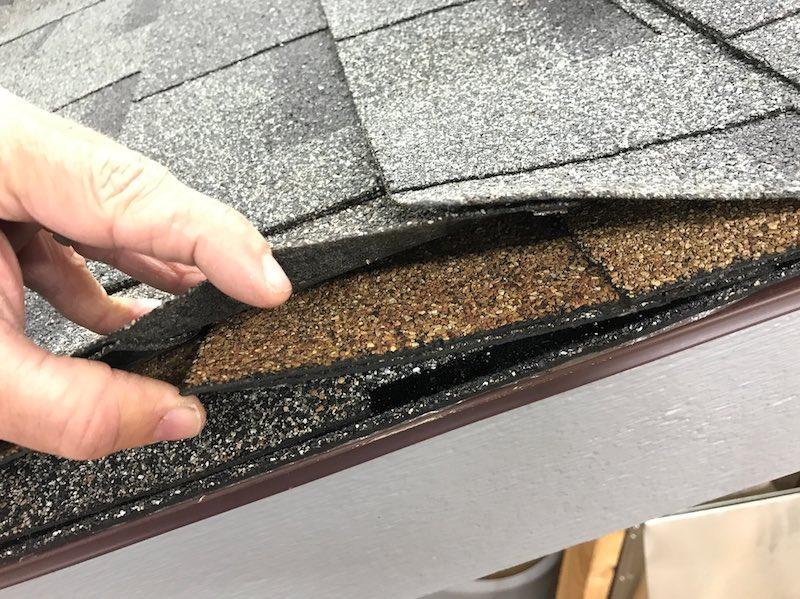When it’s time to replace your roof, you may be faced with a common question: should you remove the old shingles before installing new ones, or can you add a second layer of shingles on the roof? In this article, we’ll explore the practice of having two layers of shingles on a roof, the advantages and disadvantages, and the key considerations to make an informed decision.

Understanding Two Layers of Shingles:
Having two layers of shingles on a roof means installing a new layer of shingles over the existing one. While this is a common practice, it’s essential to be aware of the implications.
Advantages of Adding a Second Layer:
- Cost Savings: Installing a second layer of shingles is often less expensive than complete tear-off and replacement. It saves on labor and disposal costs.
- Time-Efficient: The process of adding a second layer is quicker than removing the old shingles and installing new ones.
- Extra Insulation: An additional layer of shingles can provide some insulation benefits, helping to regulate indoor temperatures.
Disadvantages of Two Layers:
- Weight: Two layers of shingles add extra weight to your roof. This can strain the roof structure, potentially leading to sagging or damage over time.
- Reduced Longevity: A second layer of shingles may reduce the overall lifespan of your roof. It can trap heat and moisture, causing the upper layer to deteriorate faster.
- Inspection and Repairs: It’s more challenging to inspect and repair the roof when there are two layers of shingles. This can lead to issues going unnoticed.
Key Considerations:
Before deciding whether to add a second layer of shingles, consider the following factors:
- Local Building Codes: Check your local building codes and regulations. Some areas may not permit two layers of shingles, or they may have specific requirements for this practice.
- Roof Condition: Assess the condition of your existing roof. If there is extensive damage, leaks, or structural issues, it’s often better to remove the old shingles for a thorough inspection and repairs.
- Weight Capacity: Consult a structural engineer to ensure that your roof can safely support the added weight of a second layer of shingles. Older or weaker structures may not be suitable.
- Future Plans: Consider your long-term plans for the property. If you intend to stay for many years, a full tear-off and replacement may be a better investment. If you plan to sell soon, adding a second layer could be a cost-effective solution.
Installation and Maintenance:
If you decide to proceed with two layers of shingles, it’s crucial to hire a professional roofer with experience in this practice. Proper installation is vital to prevent issues such as uneven surfaces and premature deterioration.
Regular maintenance and inspections are also essential. Over time, watch for signs of wear and tear, as well as any potential leaks. Address any problems promptly to extend the life of your roof.
Conclusion:
The decision to add a second layer of shingles on your roof is not one to be taken lightly. While it can provide cost savings and insulation benefits, it comes with potential drawbacks related to weight, longevity, and maintenance challenges. Before making a choice, consult with a roofing professional and consider your local regulations, roof condition, and long-term plans for your property.
Ultimately, the safety and durability of your roof should be the top priority, and your decision should align with these objectives. Whether you choose to add a second layer or opt for a complete tear-off and replacement, ensure that the work is done by qualified professionals to guarantee a secure and long-lasting roofing solution.



Leave a Reply